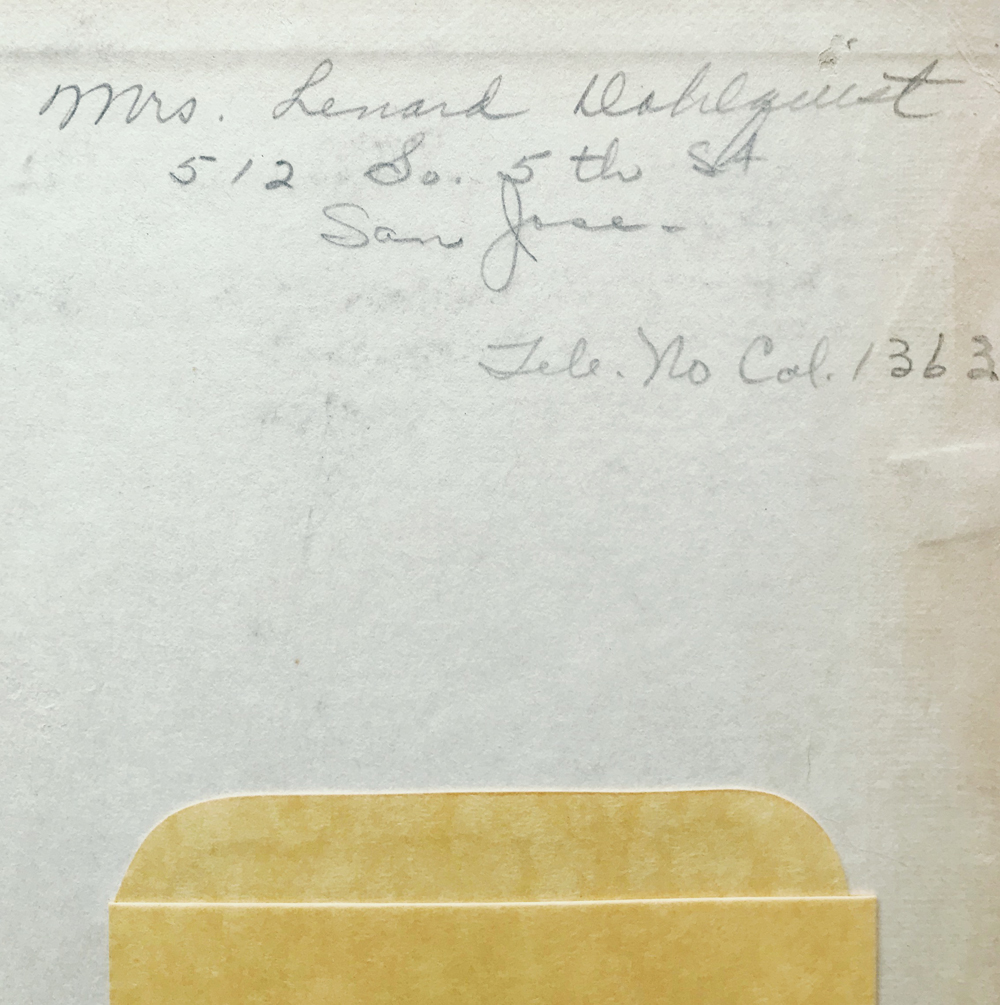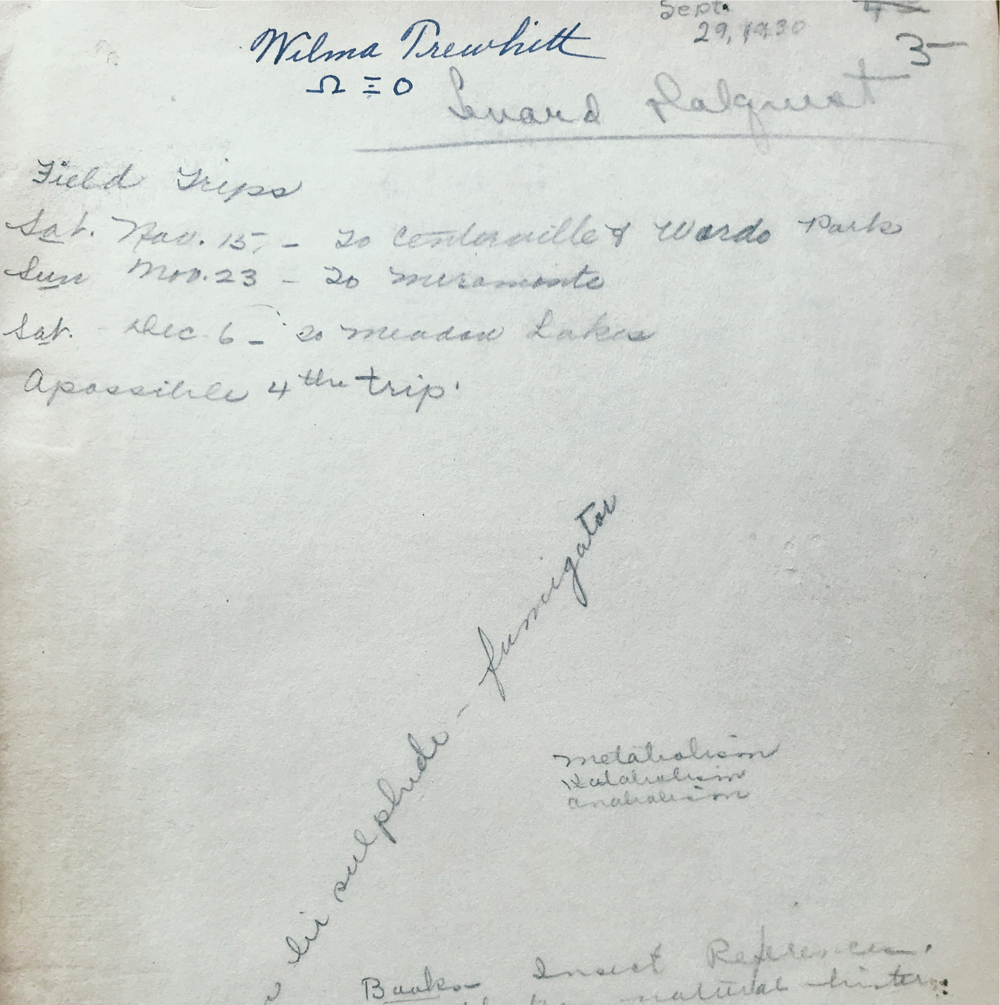Handbook of Nature-Study
An impromptu walk recently led me to a small trove of books left alongside the road. Someone who had no need for them did have the wonderful sense that these old books could be treasured by someone new! The box held mostly 1960s era interior design books by Harper’s Bazaar, House & Garden, etc. There were home furniture DIY guides published by Sunset Books in the 1970s. And among these I found the Handbook of Nature-Study, a 21st edition printed in 1929. This I toted home with me.
The biblical book was written by Anna Botsford Comstock, a leader in the movement to bring students outside to study nature. Originally based on individual leaflets—each one focused on a single topic and without reference to others—the comprehensive handbook guided teachers (and parents) untrained in science in thoughtful, informal lessons to share in the field with their young students.
The studies were divided into parts: animal life (bird, fish, batrachian, reptile, mammal, insect), plant life (wild-flower, cultivated-plant, flowerless-plant, tree), and earth and sky (minerals, soil, weather, stars, sun, moon, zodiac).
It was/is believed that nature-study provides children with useful, practical knowledge. That it cultivates imagination and an appreciation of beauty in nature. Of course, it also “takes the child afield and keeps him in the open air, which not only helps him physically and occupies his mind with sane subjects, but keeps him out of mischief.” (!)
What struck me most was the array of drop caps featured throughout the book. Each one was so cleverly conceived and constructed. Pictured here is only a small sampling of some favorites…
Lastly, the inscription, in beautiful cursive. A search reveals the book’s owner, Wilma Dahlquist, was born in 1911 in Hanford, California. Following some time in downtown San Jose during the 1930s, she and her husband Lenard settled with their family in San Pedro in 1941. There, following Lenard’s sudden death, Wilma began to operate a pre-school (I imagine her list of field trips may have pertained to this school). The rest of the book is otherwise unmarked except towards the end, where underlines and notations in the margins were made in the section regarding atmosphere.


There is quite a lot to uncover in this book! For now, I’ll close with a note from its preface:
The author feels apologetic that the book is so large. However, it does not contain more than any intelligent country child of twelve should know of his environment; things that he should know naturally and without effort, although it might take him half his life-time to learn so much if he should not begin before the age of twenty. That there are inconsistencies, inaccuracies, and even blunders in the volume is quite inevitable. The only excuse to be offered is that, if through its use, the children of our land learn early to read nature’s truths with their own eyes, it will matter little to them what is written in books.














